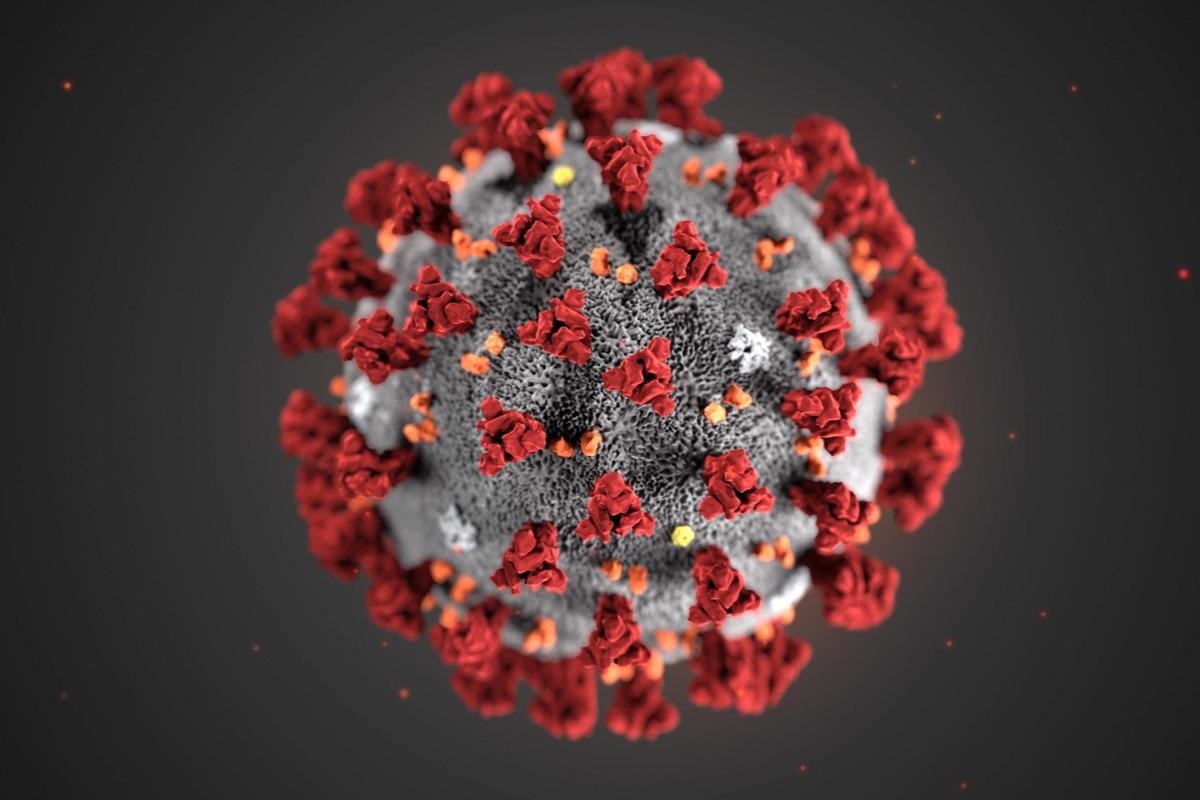A recent study posted to the Research Square* pre-print server and currently under consideration at a Nature Portfolio Journal, assessed the impact of the drug zapnometinib on human immune response against coronavirus disease 2019 (COVID-19).
 Study: In vivo antiviral efficacy and immune dampening effect of zapnometinib emphasize a dual therapeutic potential against COVID-19. Image Credit: artofvisionn/Shutterstock
Study: In vivo antiviral efficacy and immune dampening effect of zapnometinib emphasize a dual therapeutic potential against COVID-19. Image Credit: artofvisionn/Shutterstock

 *Important notice: Research Square publishes preliminary scientific reports that are not peer-reviewed and, therefore, should not be regarded as conclusive, guide clinical practice/health-related behavior, or treated as established information.
*Important notice: Research Square publishes preliminary scientific reports that are not peer-reviewed and, therefore, should not be regarded as conclusive, guide clinical practice/health-related behavior, or treated as established information.
To date, severe acute respiratory syndrome coronavirus 2 (SARS-CoV-2) infection has caused over 435 million confirmed cases of COVID-19, including 5.9 million deaths, globally. The development and implementation of COVID-19 vaccines have significantly curbed the impact of the pandemic. However, with emerging reports of waning vaccine efficiency, there is extensive ongoing research for the treatment of COVID-19.
About the study
The present study assessed the dual therapeutic potential of zapnometinib against various coronaviruses, including SARS-CoV-2, via two approaches: in vivo antiviral activity and an immune dampening effect.
The pharmacokinetic study was performed on seven to nine-week-old male Syrian hamsters having a bodyweight of 102 g to 134 g during drug administration. At an age of 11 to 13 weeks and a bodyweight ranging from 113 g to 148 g, the same hamsters were used to analyze the antiviral efficacy of the drug. An inflammatory acute lung injury (ALI) model was established using six- to eight-week-old female mice with a bodyweight of 20 g to 27 g.
Viral strains including SARS-CoV-1, Middle East respiratory syndrome (MERS)-CoV, SARS-CoV-2 BavPat1, SARS-CoV-2 Alpha variant of concern (VOC), and SARS-CoV-2 Beta VOC were analyzed in in vitro assays. SARS-CoV-2 strains were passed once in Vero transmembrane protease, serine 2 (TMPRSS2) cells, thrice in Vero E6 cells, and then a median tissue culture infectious dose (TCID50) assay was performed. Human peripheral blood mononuclear cells (PBMCs) were obtained from healthy individuals.
After orally administering a single dose of zapnometinib in the selected hamsters, approximately 200 µL of blood was retro-orbitally collected from three animals per time point per dose at different time points. Clinical observations including characteristics like hunched back posture, ruffled fur, lethargy, and accelerated breathing were noted along with monitoring of bodyweight before and 24 hours after drug administration. Pharmacokinetic evaluation and bioanalysis were performed while high-affinity liquid chromatography-tandem mass spectrometry (HPLC-MS/MS) determined the concentration of the drug in hamster serum.
The antiviral efficacy study was performed by intranasally infecting all animals with the SARS-CoV-2 strains. Zapnometinib was then administered orally four- or 24-hours post-infection (h.p.i.), after which the drug was administered once daily.
Results
The study results showed that 75 µM of zapnometinib reduced more than 80% of the viral titer in all the viruses tested. For 50 µM of zapnometinib administered, a 50% reduction in viral titers was observed for SARS-CoV-1 and SARS-CoV-2 BavPat1. Thus, a broad therapeutic potential of antiviral efficacy was noted in zapnometinib.
Investigation of the dose proportionality, safety, and clearance of zapnometinib showed a proportional increase in serum concentration levels until the highest plasma concentration (Cmax) was reached. Also, a proportional increase in the Cmax and the area under the concentration-time curve (AUC) was observed with increasing doses.
The team also studied the influence of the drug on disease progression by evaluating lung lesions and the percentage of lung area affected in the infected animals. A significant reduction in lung tissue of the left lobe was observed in both groups whose treatment began four hours and 24 h.p.i. Also, the histopathological evaluation showed mild pulmonary changes in all treatment groups while a significant reduction in inflammation was found in the group treated with zapnometinib. Moreover, zapnometinib-treated groups had reduced alveolitis, lesser cellular inflammatory infiltrate, and no edema, hemorrhage, or type II pneumocyte hyperplasia.
The ALI model used to evaluate the anti-inflammatory characteristics of zapnometinib exhibited a remarkable downregulation of proteins like interleukin-1β (IL-1β), monocyte chemoattractant protein-1 (MCP-1/CCL2), CXC motif chemokine ligand 1 (CXCL1), and macrophage inflammatory protein-1α (MIP-1α/CCL3) in the group treated with the drug as compared to the untreated group. This decrease in chemokines and cytokines, which are significantly elevated in SARS-CoV-2-infection, indicated efficient anti-inflammatory properties.
Conclusion
The study findings demonstrated that the immunomodulatory effect of zapnometinib makes it an effective treatment for COVID-19-related hospitalizations to mitigate the inflammatory response. They also showed the impact of zapnometinib alone or when administered in combination with other treatment methods on different phases of viral infection and the progression of the disease. The researchers believe that this strategy of targeting different stages of infection could prove to be a crucial step towards curbing SARS-CoV-2 disease severity and transmission.

 *Important notice: Research Square publishes preliminary scientific reports that are not peer-reviewed and, therefore, should not be regarded as conclusive, guide clinical practice/health-related behavior, or treated as established information.
*Important notice: Research Square publishes preliminary scientific reports that are not peer-reviewed and, therefore, should not be regarded as conclusive, guide clinical practice/health-related behavior, or treated as established information.